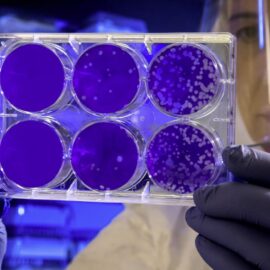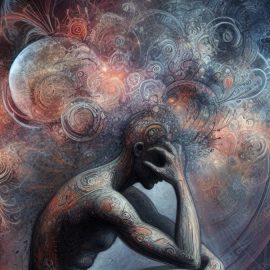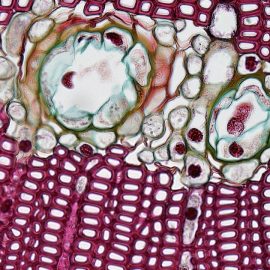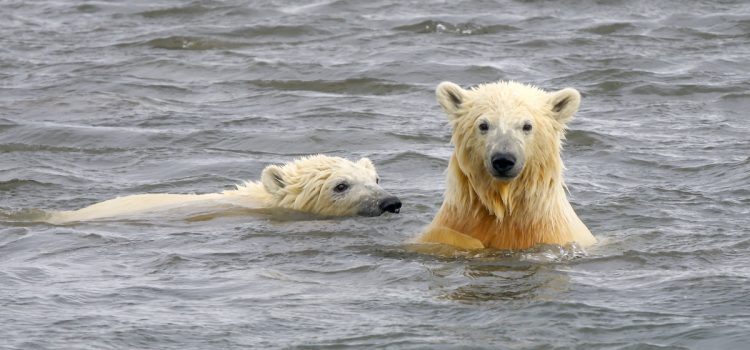
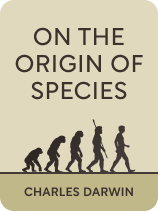
This article is an excerpt from the Shortform book guide to "On the Origin of Species" by Charles Darwin. Shortform has the world's best summaries and analyses of books you should be reading.
Like this article? Sign up for a free trial here.
What would happen if you moved an animal from one environment to another? Why and how do ecosystems entail the interdependence of organisms?
In On the Origin of Species, Charles Darwin argues that a process of evolution has shaped the natural world around us. He explains how evolution shapes organisms by adapting them to their environments and ecosystems.
Read more to learn about these two aspects of Darwin’s theory of adaptation.
1) Organisms Adapt to Their Environments
In Darwin’s theory of adaptation, he explains that the process of evolution synchronizes creatures with their environments. While evolution selects for useful traits and against detrimental ones, traits are useful or detrimental only in the context of a particular environment. For example, polar bears insulate themselves from the cold with a thick layer of fat called blubber. This adaptation is perfect for an animal living in the Arctic, but it’d cause a desert creature to overheat. Therefore, blubber is advantageous for polar creatures but not desert-dwelling ones.
Along with physical traits, organisms adapt behaviors that allow them to survive in a particular environment. Polar bears, for example, have acquired the survival strategy of hunting seals to get the calories they need. The necessity of hunting then continues to shape their evolution: Traits such as powerful jaws, sharp teeth, and claws then become adaptive as well, as these all increase the chances that a polar bear will survive long enough to pass on its genes.
(Shortform note: Research has largely supported Darwin’s theory that organisms will evolve to suit their environment. For example, researchers have found that moving stick bugs from one environment to another creates selection pressure in favor of one coloration. Biologists have also found that organisms at the edge of one habitat will begin adapting new traits to colonize and spread out into a greater range. Researchers built an artificial habitat to test this hypothesis with the rapidly reproducing species red flour beetles. They found that trait selection at the boundaries of the artificial habitat allowed for a greater spread of beetles when compared to a control population.)
2) Organisms Adapt to Their Ecosystems
Darwin’s theory of adaptation has a second aspect to it. In addition to adapting to their physical environment, organisms adapt to the presence of other organisms. Darwin explains that, because organisms have evolved alongside each other, they have developed a deep interdependence. For example, many caterpillars are camouflaged to look like leaves, twigs, bark, and even flowers. These adaptations would have been useful only if the insects already lived around plants with these features. Thus, evolution has synchronized these organisms to each other’s presence to create tightly interdependent ecosystems.
| What Is Coevolution? Researchers have adopted the term “coevolution” to describe the process by which organisms evolve in relation to each other in a continuous and cyclical process. This happens when species live in close interaction with each other. Biologists have identified several important relationships shaped by coevolution. Predator/prey relationships coevolve as prey organisms evolve new tactics to evade their predators while predators evolve new tactics to hunt them. For instance, caterpillars’ camouflaged appearances allow them to escape detection—this is an example of “background matching.” Some predators overcome background matching by evolving stronger sensing abilities. Herbivore/plant relationships coevolve as plants adapt to being eaten by growing extra shoots and seeds or producing defenses like thorns and toxins. The herbivores that eat them then evolve adaptations in response. Parasite/host relationships coevolve as parasites adapt to new environments in their host organisms while hosts adapt new defenses against them. Competitive coevolution occurs when two species rely on the same scarce resources, such as food or nesting sites. They each evolve adaptations to try to gain a competitive advantage over the other. Mutualistic coevolution occurs when organisms that benefit each other continue evolving to provide mutual benefit. For example, flowers evolve means of attracting butterflies to pollinate them, while butterflies evolve a stronger attraction to the nectar of certain types of flowers. |

———End of Preview———
Like what you just read? Read the rest of the world's best book summary and analysis of Charles Darwin's "On the Origin of Species" at Shortform.
Here's what you'll find in our full On the Origin of Species summary:
- Charles Darwin's theory of evolution that changed how we look at life on Earth
- The objections raised against Darwin's theory and Darwin's rebuttals
- Updates on Darwin's theories from contemporary biology


